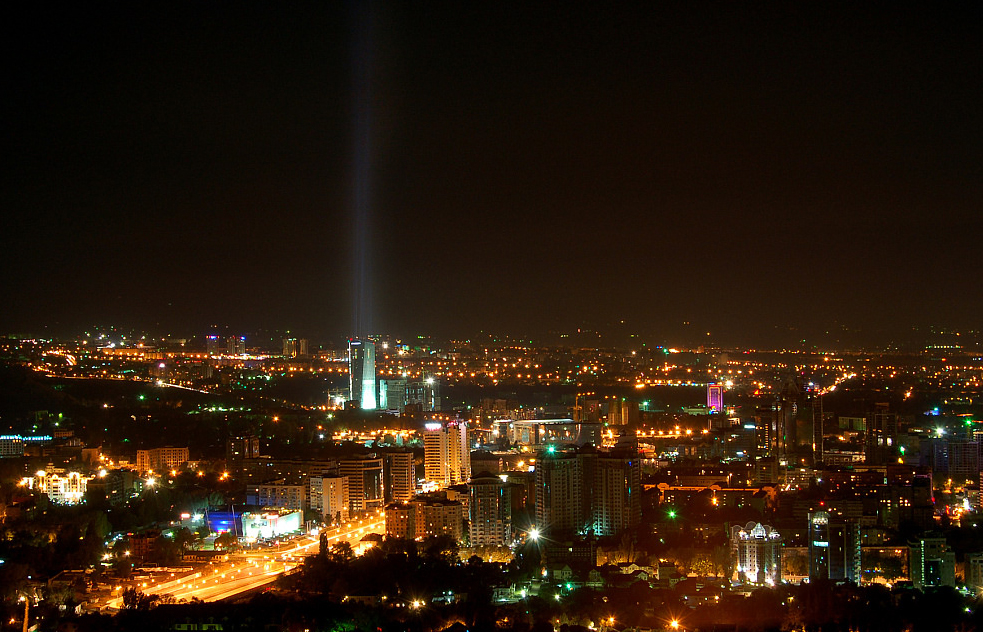ASTANA – April 30th was the closing day of a five-year, $200.9 million World Bank-supported project to bring much-needed electricity to Kazakhstan’s largest city, Almaty.
The Alma Electricity Transmission project financed the construction of a 321.7-kilometre overhead transmission line, the World Bank website reports. The line carries power from the Almaty region’s Balkhash thermal power plant to Almaty city’s grid, and has allowed the power of the electricity supply to be doubled from 1,000 to 2,000 mega-volt amperes (MVA). The new line also connects Almaty city with Alma substation, which was modernised and had its capacity increased through the project, and the YuKGRES substation, linking their power supplies to consumers.
The installation of the line involved the construction of 889 towers and the placement of 3,743 tonnes of cable. A 344 km fibre optic cable to be used in the region’s telecommunications systems was also deployed.
Almaty is one of Kazakhstan’s most energy deficient regions, the World Bank reports, and produces less than half of what the region needs. The population, however, continues to grow steadily, and the city’s transit, tourism, and other sectors are also increasing in size and scope. Its new metro system, one of the youngest in the world, relies on a steady supply of electricity, the World Bank notes. Industry, construction and increasing household consumption had taxed the city’s grid. In 2009, the World Bank reports, there were 29 blackouts totalling 111 hours. In 2014, with the project nearing completion, there were two, totalling just over an hour. (The actual result exceeds the project’s stated target, which World Bank documents show to be 10 outages for a total of 40 hours without power.)
The Kazakh government contributed $122.9 million to the project; the World Bank provided a $78 million loan.



